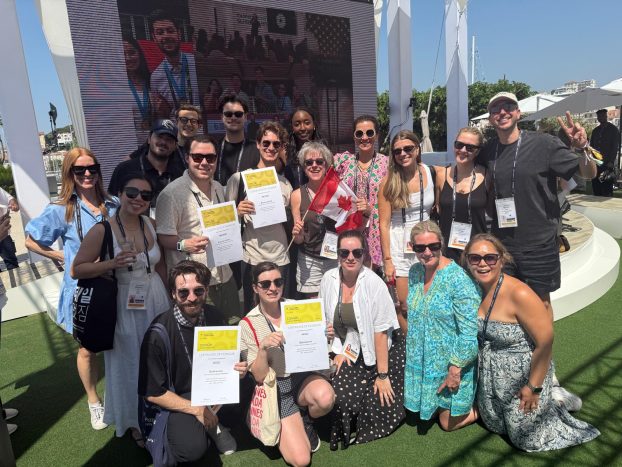‘Bright and energetic. Works well without supervision, but is no doubt capable of a great deal more.’
Had Halifax, N.S.-based Information Technology Institute (ITI) received a report card last year rating its efforts to sell its post-graduate training program to prospective students, that might well have been the assessment.
But thanks to a comprehensive brand audit, conducted by OgilvyOne Worldwide, and the integrated marketing communications strategy that came out of that process, ITI is now starting to cash in on its potential.
OgilvyOne has created an integrated direct response program for ITI, including DRTV, radio spots and print ads, each promoting the institute’s 1-800 number. There is also a direct mail component, limited to fewer than 1,000 names – primarily potential employers.
‘We wouldn’t be surprised if inquiries over the next year double,’ says ITI president and chief executive officer Gary Blandford. ‘We’ve already got a 70% lift in inquiries and that was before the DRTV spots started.’
While the ads started running late last year, the groundwork was laid a good six months before that.
In June of 1999, ITI invested heavily in a brand audit to deal with what Blandford calls ‘inconsistencies’ in the marketing of the school’s post-graduate technology program.
‘We knew we had the best education program, but we were terrible at telling the story,’ says Blandford. ‘What Ogilvy told us was that our product was up here,’ he says, holding his arm up high. ‘But the way we were viewed was down here.’
Adds Tom Quigg, executive vice-president of e-business with ITI: ‘The audit confirmed that we were committing brandicide. We were actually hurting our brand.’
As the audit indicated, ITI was getting lumped in with other training institutes, which by and large concentrate on teaching programming languages and application development and design. ITI does that too, but it also offers e-business training, with a curriculum that includes project management, team-based problem solving, career management, interpersonal relations, communications and presentation skills, and adapting to change. The entire scope of its offerings wasn’t coming through.
As a result, several different approaches were considered, says Pete McLeod, OgilvyOne Worldwide creative director. For the DRTV spot, OgilvyOne recommended a fast-paced montage of images that flash across the screen, suggesting the speed and flexibility of ‘Internet time.’
Shot largely at a Toronto studio by Maxx Productions, the commercial shows people working on laptop computers in unusual environments, such as at a monastery and on a mountain summit. They were taped in Toronto in January and February, which presented some interesting logistical challenges, considering one of the spots shows an actor, clad in only a bathing suit, relaxing with a laptop on Lake Ontario’s Kew Beach. Ultimately, it was nothing a clear day and a couple of humidifiers to generate a summer-like haze couldn’t solve.
‘People were saying they had heard about e-business but weren’t sure what it was,’ says McLeod. ‘So our goal was to educate them and show ITI can help give them a successful career in e-business.
‘We knew we couldn’t just talk to the techie. We had to talk about the operational aspect of e-business and show how ITI is the vehicle – that e-business is not just a job, but a meaningful career.’
In addition, ITI will also be using responses to beef up its back end. According to Quigg, the organization is moving to a CRM environment with a centralized client-service centre, to be established in Halifax later this spring.
Using this model, calls from ITI locations in, say, the Pacific Northwest, will be routed to a central location, sorted, and sent to the appropriate ITI location – in this case, Seattle.
Responses will also be used to enhance ITI’s database. ‘We want to make sure we know our demographic, and who is responding to us,’ says Quigg.
While early returns look good, Blandford expects an increase of 80% in sales inquiries over the same period in 1999.
‘Although the new campaign did not influence February revenue, it will have some impact on revenue for the May enrollment,’ he says. ‘And should have an increasingly profound impact on revenue for future enrollments.’
Before establishing a relationship with OgilvyOne, ITI had retained public relations firms such as Environics and Cohn & Wolfe on an as-needed basis. For this marketing assignment, which is for a one-year term, it selected OgilvyOne from a shortlist that included Leo Burnett and Cossette Communication-Marketing.
‘We wanted someone who could give us strong guidance on direct response TV and advertising,’ said Quigg. ‘But we also view this as a strategic partnership.’
A new ITI Web site is currently under development and is expected to be launched this May. The company’s current site (www.iti.com) is consistent with the DRTV campaign, incorporating many of the same visuals.




























